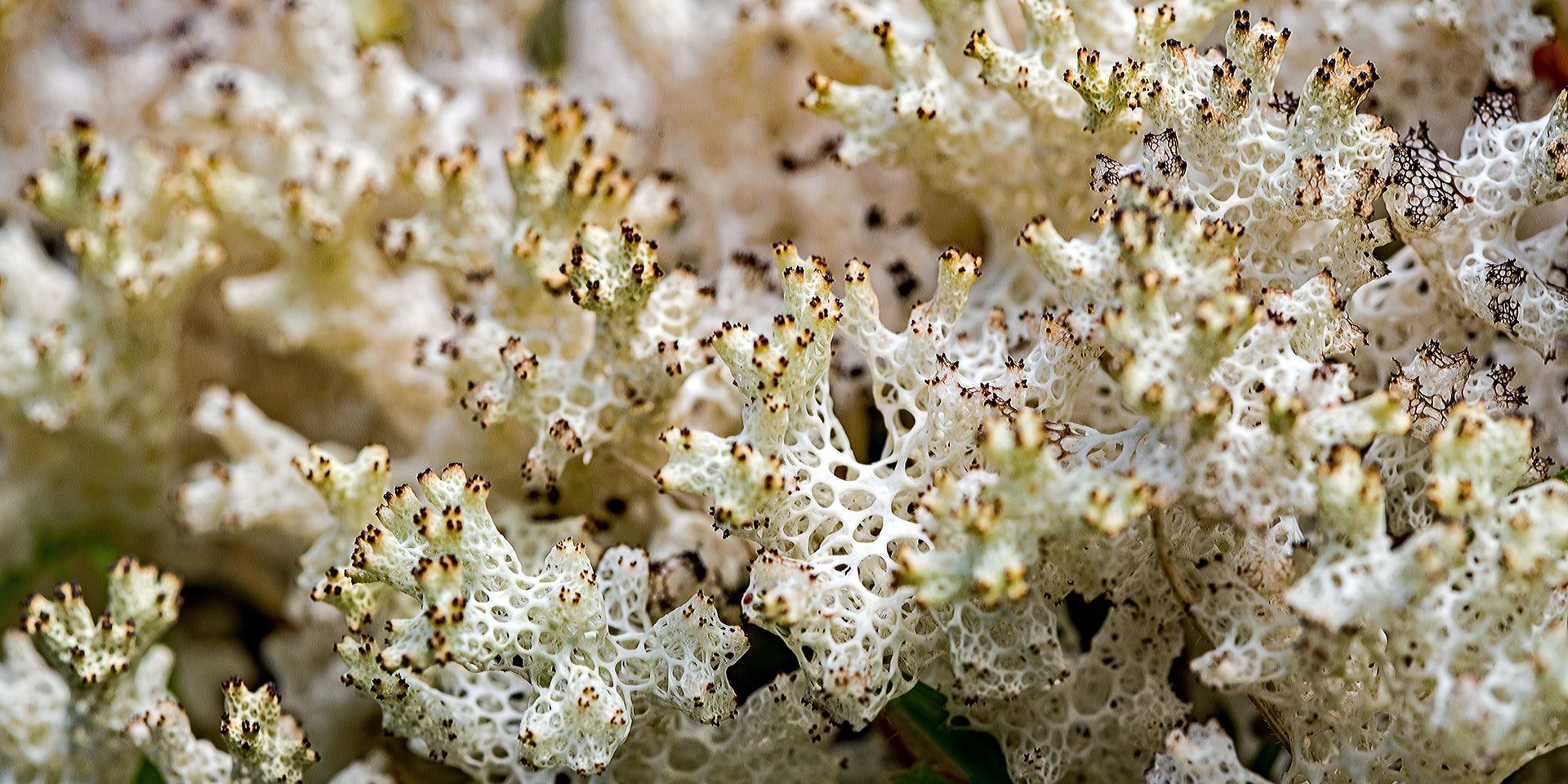
The International Society for Porous Media (InterPore) became an Affiliated Member of the ISC in July 2020. Amy Spang, Secretary of InterPore, tells us more about the organization.
Please tell us about the International Society for Porous Media and its activities
Founded in 2008 as a non-profit independent scientific organization, InterPore aims to advance and disseminate knowledge to understand, describe, quantify and model both natural and industrial porous media systems. Our mission is to provide an international platform for researchers who are actively involved in the study, development and/or manufacturing of complex porous media.
Porous media are ubiquitous throughout nature and are relevant to technological development and industrial applications. Investigators from many fields of science, engineering and technology are involved in the study and use of porous media. InterPore was formed to provide a venue and a forum where investigators and technicians from disparate fields, working on porous media, can come together to discuss and share their common problems, investigation methods and solution strategies.
Every year, InterPore holds the International Conference on Porous Media. The goal of the annual conference is to bring people together to exchange ideas and be made aware of each other’s interests and research activities. General themes are:
The main goal of the conference is to bring together researchers from all areas of porous media science and technology development, particularly people who do not have the opportunity to meet in other single discipline-oriented conferences.
InterPore membership currently comprises 50 Institutional members (composed of 10 research laboratories, 9 corporations and 31 universities world-wide) and over 1,000 individual memberships from 37 countries. InterPore also invites porous media communities of all countries to form national chapters. To date, national chapters have been formed in Brazil, Mexico, France, Iran, Benelux countries, Australia, Germany, Italy, Norway, UK, Columbia, China, India, Spain, Saudi Arabia, and Greece.
Why does InterPore consider it valuable to be part of the ISC?
We share a common mission and seek to provide a forum where investigators and practitioners from disparate fields, working with porous media, can come together and learn of the commonality of problems, investigatory techniques and solution strategies for porous media. Being part of the ISC community, we hope to find opportunities to strengthen international awareness of and support for the porous media community.
What are your key priorities for the next few years? What do you see as the key priorities for science in the coming years?
In terms of political, economic and sociological conditions to develop our activities, InterPore’s priorities include:
In terms of scientific issues, InterPore’s priorities include
Photo by David Clode on Unsplash